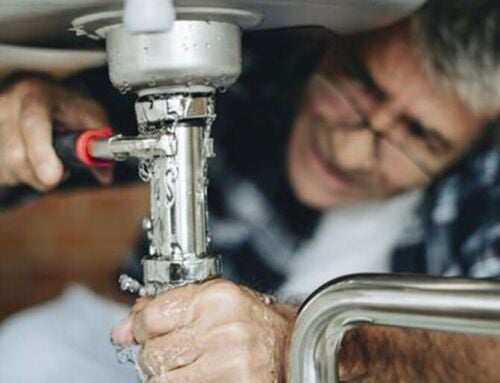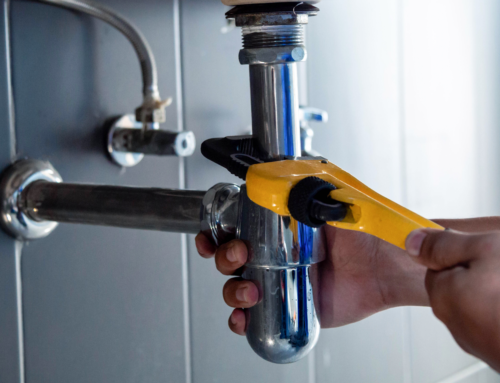As provinces are slowly starting to reopen non-essential services, including retail shops, the question of how to do so while keeping staff and customers safe has sprung up. Before ushering customers back into stores to peruse your shelves, consider the following infection control steps.
Communication is key
Start by clearly communicating any new practices and policies that will affect employees and the customer experience. A small boutique, for example, might ask customers to book an appointment ahead of time because only one person is allowed in the shop at a time. Post these policies on your website and social media, as well as on the front door of your establishment.
Some general best practices
For retailers, the rules may differ depending on geographic location and type of business. To make this easier to navigate, the Retail Council of Canada (RCC) has put together an interactive chart of regulations and health and safety guidelines for retailers in all provinces and territories. It also has a 117-page Road to Retail Recovery playbook with a comprehensive list of best practices.
But there are some general best practices for infection control in retail regardless of jurisdiction:
- Enhance your cleaning schedule and ensure staff are practising proper hygiene, such as frequent hand washing.
- Have clear signage in multiple locations that indicates the maximum number of customers your store can accommodate at any one time.
- Monitor the number of customers entering and leaving your store. Once the maximum number is reached, allow one person in for every person who leaves.
- Control lineups by using crowd control cordons at entrances and in checkout lines.
- Post signs or use markings to designate entrances and exits, to mark the direction of travel, and to identify pickup zones.
- Place alcohol-based hand sanitizer dispensers near doors, cash registers, and other high-touch locations.
- Clean high-touch surfaces such as cash registers, bagging areas, carts, or baskets between customers.
- Install plexiglass barriers in front of and in between cash registers.
- Limit the handling of credit cards and loyalty cards, and encourage tap payment over pin pads.
- Communicate to customers that wearing masks should be standard practice, especially if social distancing cannot be practiced all the time.
Fitting rooms: While most jurisdictions permit the use of fitting rooms, only those with doors (rather than curtains) can be used at this time because they’re easier to disinfect. It’s recommended that retailers clean high-touch areas in fitting rooms after each customer. For any clothing that hasn’t been purchased, some retailers are storing it for 24 hours before resale while others are steaming it (according to the Centers for Disease Control and Prevention, flu viruses are killed by heat above 167°F and steam are produced at 212°F).
Returns: While returns are allowed in most jurisdictions, it’s recommended that retailers clean hard-surfaced products with disinfectant and store soft-surfaced products for a period of 24 hours prior to resale (and use hand sanitizer after handling returns). Best practices on how long to keep returned items before offering them for resale is still evolving, according to the RCC, but the suggested time period varies from 24 to 72 hours.
Bagging: Most jurisdictions are permitting the use of reusable bags, but it’s not a recommended practice since employees don’t know how often customers are washing their reusable bags. If customers bring their own bags, they should also pack their purchases.
What about masks?
Health Canada guidance for essential retailers recommends the use of non-medical masks or face coverings, as well as barriers between customers and staff. But a common complaint is that personal protective equipment (PPE) is hard to find—and expensive. The RCC has a Retail Supplier Directory to help source PPE and some provinces have also set up provincial PPE supplier directories.
If employees are sick or are exhibiting any COVID-related symptoms, they should stay home. Follow steps from the Public Health Agency of Canada for self-assessment.
What about screening?
Some retailers may want to roll out passive screening (asking health-related questions at the door before letting a customer inside) or active screening, such as temperature testing. “Individual screening, such as temperature testing, is technically permissible, yet must be approached very carefully,” recommends the RCC in its guidelines for retailers. If it’s felt that temperature testing is advantageous, “take great care to do so in accordance with Canadian privacy principles” such as obtaining consent and protecting personal information.
How Federated can help
As retailers get back to work, it’s important to maintain infection control protocols to help keep workers and customers safe. For more resources about the pandemic and how to protect yourself and your business, visit our COVID-19 resources page.
To learn more about protecting your retail business, visit our retail insurance page today.
This blog is provided for information only and is not a substitute for professional advice. We make no representations or warranties regarding the accuracy or completeness of the information and will not be responsible for any loss arising out of reliance on the information.






